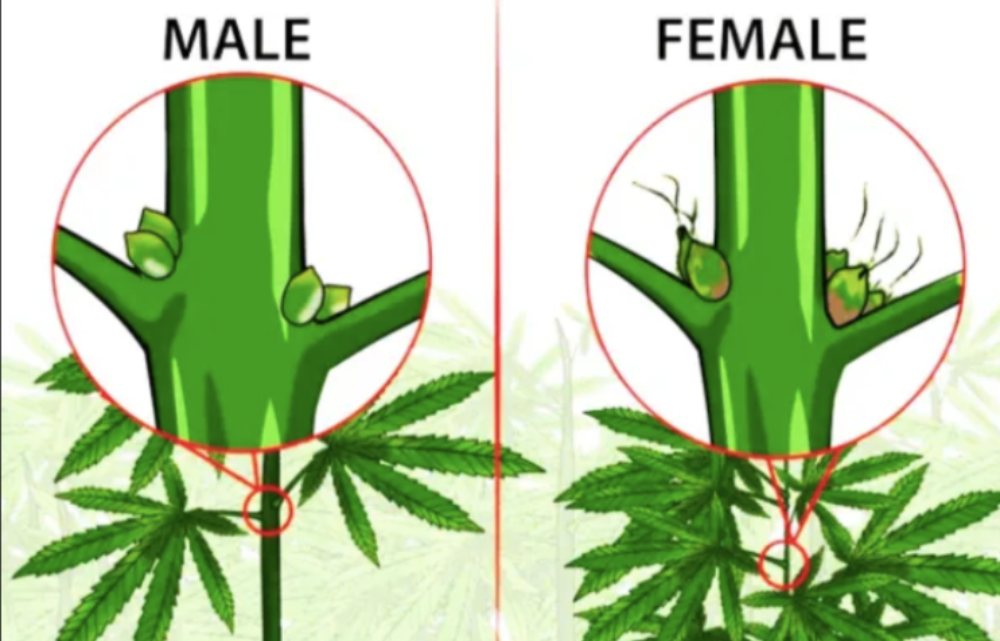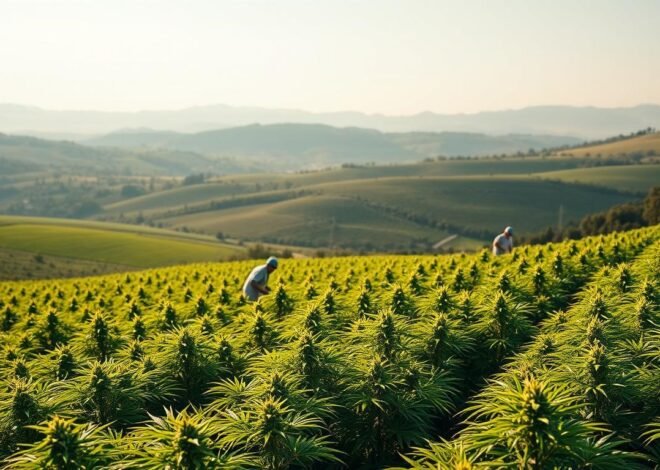
Is bhang male or female? Know all about
Does marijuana (bhang) have gender? This article discusses what characteristics separate male from female cannabis plants.
Cannabis plants, just like humans and animals, possess both male and female genders with their respective reproductive systems. Being able to distinguish male from female marijuana plants is essential for breeders and growers as this informs value and quality in the final product being sold for sale.
Main Differences
Only female marijuana plants produce potency-packed THC buds, making their sale unnecessary as it will have minimal psychoactive effects and won’t provide as much of a high when consumed. Furthermore, male plants may pollute an otherwise clean crop of female plants by fertilizing them; once fertilized they may dedicate more energy toward producing seeds than towards producing THC nugs and flowers; male plants also crowd female plants to limit yield potential; thus growers typically only plant female seeds when cultivating marijuana as an end-product product. Therefore growers only cultivating marijuana will plant female seeds when cultivating cannabis into something sellable product.
How can we know which seeds will produce female or male offspring?
Regular seeds have an equal chance of developing into female or male plants; when harvested from a nug, planting them has no guarantee as to which gender it will produce. That is why feminized seeds have become such an enormously successful industry; providing growers with assurance that the seeds they sow will produce female plants.
Physical Differences
You found some seeds in a nug, and decided to give growing them a try. How can you identify and distinguish female and male plants?
To determine the gender of cannabis plants, one should inspect what grows between their nodes – where branches extend from the stalk – in the plant’s node structure. Male plants will have small pollen sacs for dispersing seeds; female plants typically feature stigmas which capture pollen that male plants spread. It is best to determine this information prior to its reproduction cycle becoming active; usually this can be determined within four to six weeks into plant development.


